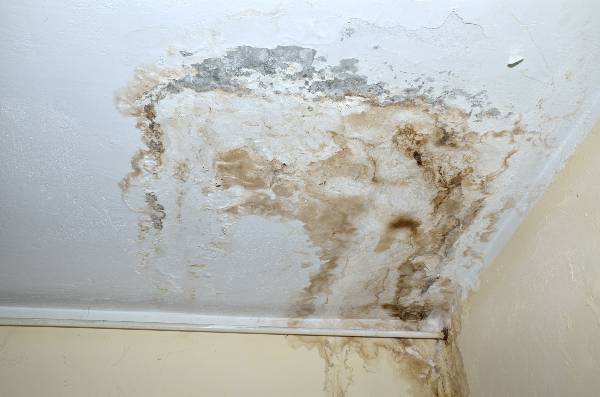We've stumbled upon this article relating to Detecting hidden plumbing leaks listed below on the net and thought it made sense to talk about it with you on this page.

The moment you find a leak, calling your plumber for repairs is the best solution. However, some little water leakages may not be visible. Right here are some hacks that help if you can not identify it with your nude eyes.
Early detection of leaking water lines can minimize a possible catastrophe. Aside from conserving you money, it will decrease the worry and also frustration.
Check Water Usage
If you identify unexpected adjustments, in spite of your intake being the same, it implies that you have leaks in your plumbing system. A sudden spike in your bill shows a fast-moving leak.
On the other hand, a consistent boost on a monthly basis, despite having the exact same practices, shows you have a slow-moving leak that's also gradually escalating. Call a plumber to thoroughly examine your building, particularly if you really feel a warm area on your flooring with piping underneath.
Evaluate the scenario and also inspect
House owners need to make it a practice to inspect under the sink counters and also also inside closets for any bad odor or mold and mildew development. These 2 warnings show a leakage so punctual interest is needed. Doing routine assessments, even bi-annually, can save you from a major problem.
Examine the Water Meter
Every house has a water meter. Examining it is a proven manner in which aids you uncover leaks. For starters, switch off all the water resources. Make certain nobody will certainly purge, use the tap, shower, run the washing machine or dish washer. From there, go to the meter and also watch if it will transform. Considering that no one is utilizing it, there should be no motions. If it relocates, that suggests a fast-moving leakage. If you find no modifications, wait a hr or two as well as examine back once again. This means you might have a sluggish leakage that can even be underground.
Asses Outside Lines
Don't neglect to check your outside water lines also. Should water seep out of the connection, you have a loose rubber gasket. One small leakage can throw away tons of water as well as surge your water costs.
Do a Food Coloring Examination
30% comes from bathrooms when it comes to water usage. Test to see if they are running appropriately. Decrease specks of food color in the container and also wait 10 mins. If the shade in some way infiltrates your dish during that time without flushing, there's a leak between the tank and also dish.
Check for stainings and deteriorating as most devices and pipes have a life expectations. If you suspect leaking water lines in your plumbing system, do not wait for it to rise.
The moment you discover a leak, calling your plumber for repair work is the finest remedy. Some tiny water leaks may not be visible. Examining it is a proven means that helps you discover leaks. One small leak can lose heaps of water and also increase your water costs.
If you believe dripping water lines in your plumbing system, do not wait for it to rise.
WARNING SIGNS OF WATER LEAKAGE BEHIND THE WALL
PERSISTENT MUSTY ODORS
As water slowly drips from a leaky pipe inside the wall, flooring and sheetrock stay damp and develop an odor similar to wet cardboard. It generates a musty smell that can help you find hidden leaks.
MOLD IN UNUSUAL AREAS
Mold usually grows in wet areas like kitchens, baths and laundry rooms. If you spot the stuff on walls or baseboards in other rooms of the house, it’s a good indicator of undetected water leaks.
STAINS THAT GROW
When mold thrives around a leaky pipe, it sometimes takes hold on the inside surface of the affected wall. A growing stain on otherwise clean sheetrock is often your sign of a hidden plumbing problem.
PEELING OR BUBBLING WALLPAPER / PAINT
This clue is easy to miss in rooms that don’t get much use. When you see wallpaper separating along seams or paint bubbling or flaking off the wall, blame sheetrock that stays wet because of an undetected leak.
BUCKLED CEILINGS AND STAINED FLOORS
If ceilings or floors in bathrooms, kitchens or laundry areas develop structural problems, don’t rule out constant damp inside the walls. Wet sheetrock can affect adjacent framing, flooring and ceilings.
https://www.servicemasterbyzaba.com/blog/how-to-detect-water-leakage-in-walls/

As an avid person who reads about Detecting hidden plumbing leaks, I imagined sharing that piece of writing was worthwhile. For those who enjoyed our blog posting if you please don't forget to pass it around. I take joy in reading our article about Finding hidden leaks.